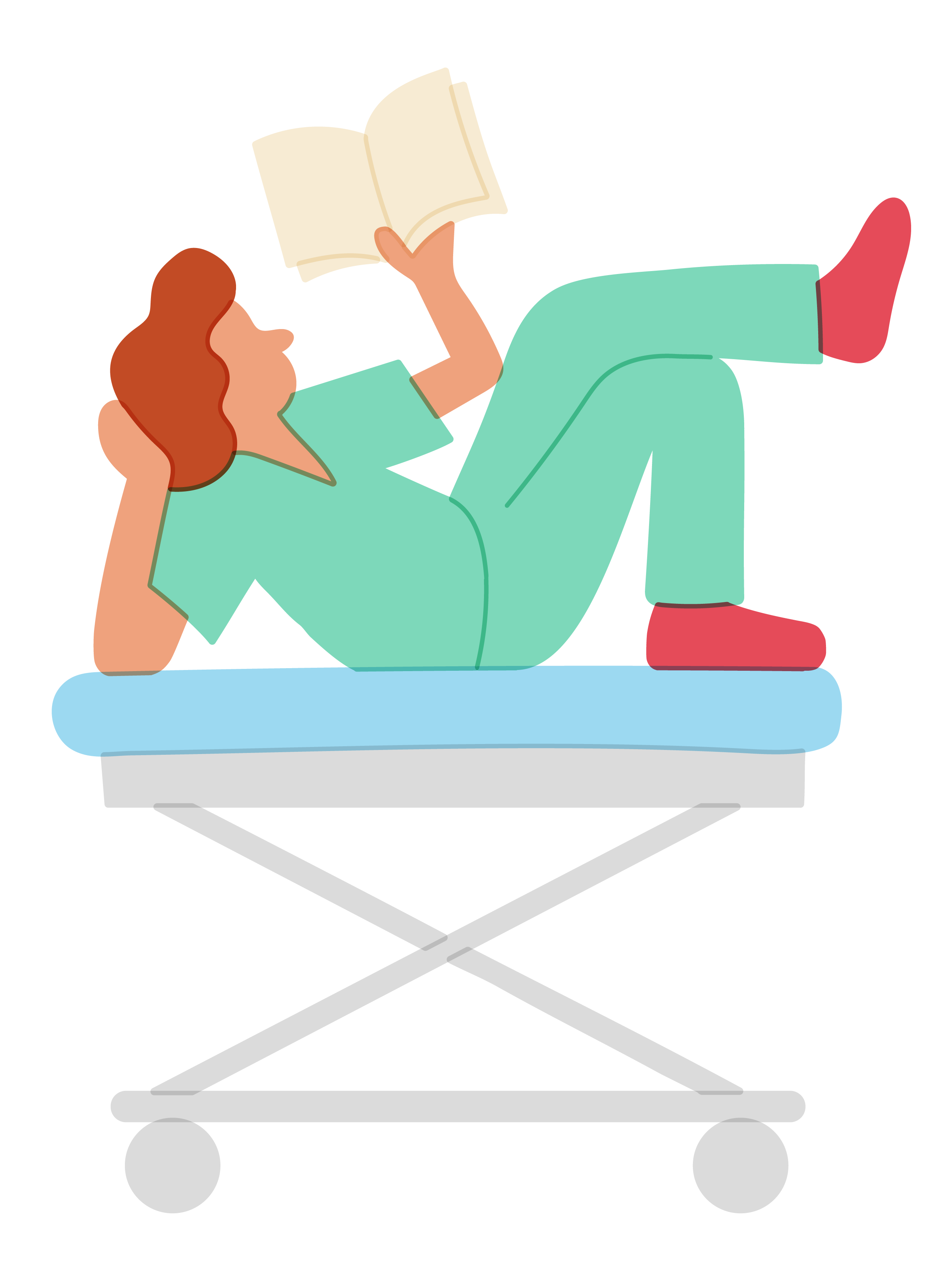
Studying for Step 1 can easily become all-consuming. A seductive pitfall is to see every moment not spent studying as time wasted. The purpose of this post, however, is to hopefully convince you that the opposite is, in fact, true. Time spent away from overt Step 1 studying actually enhances one’s ability to efficiently prepare for this important part of our medical licensing exams. The key—admittedly easier said than done—is effective planning. So here are a few tips about resources and scheduling.
Identify and limit your resources early
FOMO rears its ugly head in Step 1 studying when you look at your classmates, see they’re using a resource you’re not, and then spend a lot of money on something that is actually going to detract from your studying. So, how do you identify what resources to use? The major purpose of the first year of medical school is to figure out how you learn—do flashcards work for you? Long, detailed drawings? Videos? As you experiment in first year, the goal is to develop increasingly efficient study habits—figuring out how to call it quits at the end of the day when you’re tired. Perhaps studying in the morning before the day gets hectic is where you do your most efficient work (I found that to be the case for me).
Through my conversations with fellow classmates throughout their training, here is what seemed to work for the majority of us. (Keep in mind that we took Step 1 at the end of our second year of medical school, with up to 6 weeks of dedicated study time reserved.)
Essential resources for Step 1 studying
During second year, I kept up with classes and did the USMLE-RX Flashcards with each organ system. I would start the USMLE-RX flashcards imported into Anki (a wonderful, free, time-spaced flashcard program) for each organ system when we started that organ system in class. My settings gave my 50 new cards a day, and 150 review. As soon as I finished seeing all of the flashcards for that system (which matches up with the First Aid chapter), I would start doing the USMLE-RX QBank questions for that organ system. The goal was to have completed all of the QBank questions in that organ system before the final exam for the class. In January (six months prior to my Step 1 exam) I started the Kaplan QBank with 10 questions/day. In late February, I added on an additional entire block (of 40 questions) two times a week (typically one block of 40 questions on each weekend day).
As a quick aside, the USMLE-RX QBank is probably the easiest, while Kaplan is overly specific and difficult. UWorld is most similar to what the actual Step 1 felt like.
Alongside each organ system block in the USMLE-RX Anki deck, I would also do 50 new cards/150 review cards of a topic from first year (i.e., biochem, immuno, etc.). This ensured that by the time we finished all the organ systems in second year, I had already reviewed the first year material. This was my way of working through First Aid—the flashcards really helped break down an otherwise extraordinarily dense book.
I also watched the Pathoma videos and took notes on them (again, concurrent with the organ system being studied at the time).
Finally, during five weeks of dedicated Step 1 studying (where I did not have other classes), I began and completed the UWorld question bank (in addition to finishing the Kaplan QBank). I also used SketchyMicro and select Pharm videos to help consolidate some of the more memorization-heavy components. Lastly, I would listen to the Goljan audio files while I walked/gym/etc. (available free online).
In short—the studying you do during the year should be about organizing your general conception of the material. Don’t focus on necessarily retaining all of the facts you can—that’s for dedicated. Focus on appreciating how these organ systems connect to one another and build a general framework, onto which you’ll later add minutiae. The key, I believe, is repetition. Try and see everything once before dedicated, without demanding that you remember it all. That way when you reencounter it during dedicated, you’ll have some connections to help build off of. Finally, trust in your plan. The hardest part of this year is seeing everyone else around you using different resources. Choose the ones that work best for you, and don’t second guess yourself halfway through. You’ve gotten this far, this will be no different.

Comments